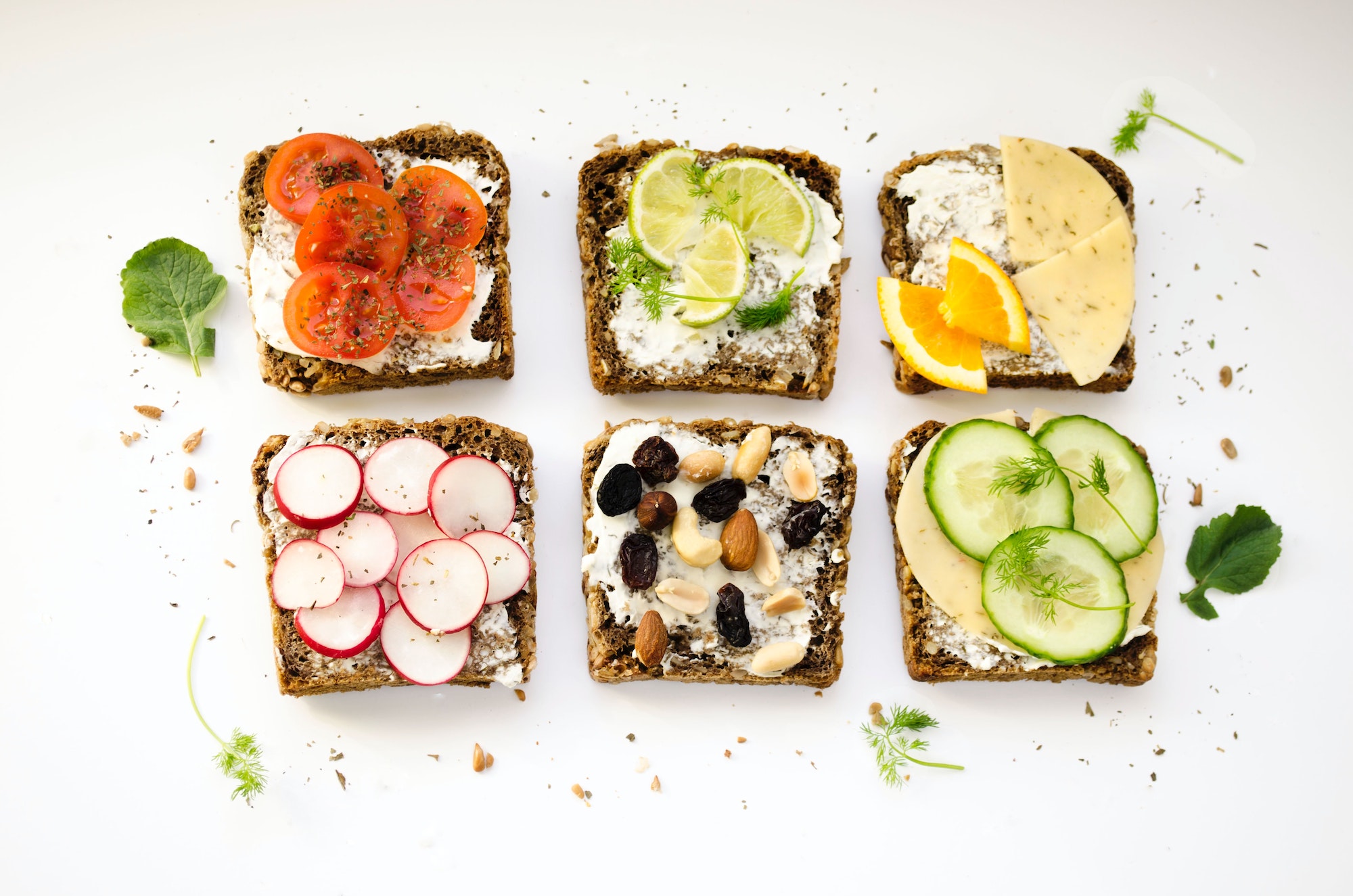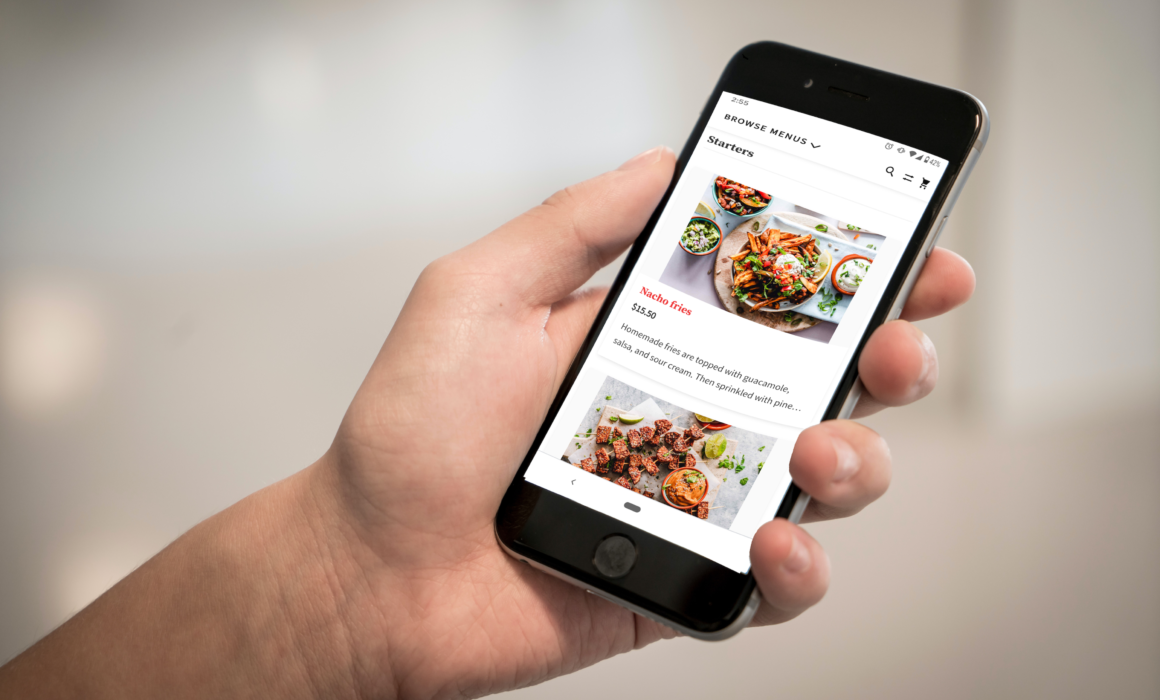6 tips for creating the ultimate contactless menu
The way you serve your guests has changed drastically over the last few years. You may not have to separate your guests’ tables with six feet of space, but there’s still plenty of value in retaining some of the features brought on by the COVID-19 pandemic. Contactless menus (also called digital menus) are popular among establishments that want to give guests a transparent and safe experience.
According to a study by McKinsey, guests now expect the safety and convenience of a digital experience – more than 75% of consumers use mobile devices and the web to view menus, order and pay. Use these six tips to create a menu that works for you and your guests!

1. Optimize for mobile
The vast majority of your guests will view your menu from their phones. You’ll want to give them access to a contactless menu that looks good and makes sense. Unfortunately, some digital menus are designed as PDFs and desktop-friendly web pages, but they don’t translate well to mobile screens. This leads to a poor experience for guests, who’ll have to zoom in and out, or scroll endlessly to browse your menu. Start the guest experience off right with a menu solution that’s optimized for mobile viewing and allows your guests to browse intuitively.
2. Include photos
No amount of descriptive text can grab someone’s attention like an appetizing photo. Make sure your contactless menu includes images of your actual dishes. If you have an extensive menu, start with your best sellers and if you don’t have professional photos of your menu items already, check out our free guide to food photography for restauranteurs to get started taking your own photos.
3. Allow for real-time updates
It takes time for your guests to discover your restaurant and browse the menu. The last thing they want is to find out the items they decided to order are unavailable. Avoid this situation by choosing a menu solution that allows you to make real-time updates from a mobile device. This way, your guests will have access to an accurate menu, and they’ll have a smoother experience as a result.
4. Include your branding
You spend plenty of time and money creating the perfect ambience and guest experience in your establishment. However, for guests who order for pickup or delivery, your menu is the only window into the experience your restaurant provides. Ensure that your menu captures the personality of your establishment by customizing it with your logo, fonts, and colours.
Speaking of your own branding, check out Takeout and delivery: Why you should offer your own (and how).
5. Use a durable access point
The common access point for digital menus in the restaurant is a printed QR code. When the pandemic started, this solution was a great quick fix, but with 73% of diners saying that their experience is improved by restaurant technology, it’s clear that contactless dining is here to stay. Your menu access point should meet the same standard you expect from everything else that goes on your table.
Choose a physical access point that:
- Has an attractive design
- Is water-resistant
- Is tear-resistant
- Abides by your region’s health and safety rules
6. Allow guests to order directly from the menu
A contactless menu is only the first step in providing a contactless experience. When choosing a digital menu solution, it’s important to think about where the industry is going and how your situation is going to evolve. According to a dataessential study, over 80% of respondents said that, during the early stages of the pandemic, a restaurant would need to offer contactless payment and ordering options for them to feel safe returning to dining in. Now that many restaurants have returned to normal – or some new version of normal – it’s worthwhile to continue offering contactless options.
Choose a solution that’s more than a menu and create a seamless guest experience with dine-in and takeout mobile ordering.
